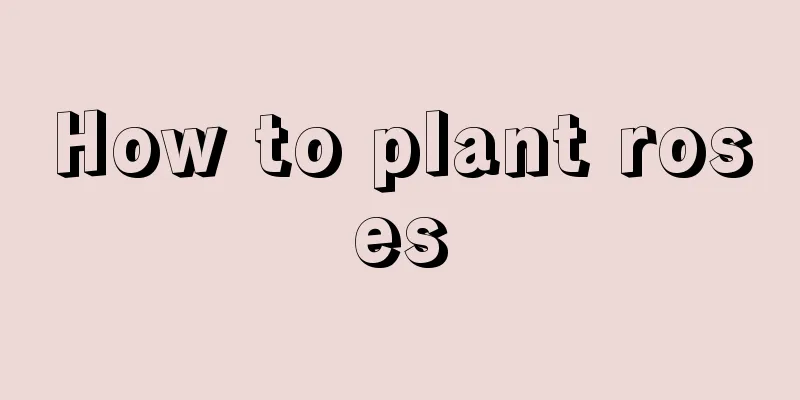Monthly maintenance method of horse chestnut

Horse Chestnut Care: September to OctoberFor seed collection, the capsule is spherical, with a flat and slightly concave top. Around late September, the capsule turns yellowish brown and can be collected. The germination ability of seeds disappears quickly after harvesting, so they should be sown immediately after harvesting. The seeds that are not to be sown can be stored in sand, but the germination rate is not high. Seedlings should be sown immediately after harvesting, with the hilum facing downward. After sowing, cover with soil and grass, and the seeds will sprout out of the soil the following spring. In spring sowing and seedling raising, the seedlings will germinate one after another as they are harvested and sown. Pay attention to watering and keeping warm to promote emergence. For planting seedlings and greening, horse chestnut likes light, is slightly shade-tolerant, likes a mild climate, and is suitable for deep, fertile, moist and well-drained soil. It is necessary to cultivate the land, apply base fertilizer, and plant with the original soil. Large seedlings are preferred. Horse chestnut maintenance: May to June of the following yearThe seedlings like moisture. After all the seedlings have emerged, it is necessary to build a shed to provide shade in time and spray water to keep the seedbed moist. Loosen the soil, remove weeds, and apply appropriate fertilizer. Pay attention to drainage and flood prevention during the rainy season. The main tasks of young tree care are loosening the soil and weeding. Horse chestnut maintenance: July to August of the following yearThe seedlings grow slowly, and in addition to loosening the soil and weeding, they need to be fertilized 2 to 3 times. Pay attention to watering to keep the seedbed moist during the dry season. Prevent and control diseases and pests in a timely manner. In addition to loosening the soil, weeding and fertilizing, young trees also need watering. |
Recommend
How to water mountain roses
Tips for watering mountain roses Mountain rose do...
How to water camellia
Key points for watering camellia Camellia, also k...
Lotus fertilization method, what fertilizer to use
1. Fertilization time Lotus likes fertilizer and ...
What flowers are suitable for growing in Nyingchi? What are the city flowers and trees?
1. Climate characteristics of Nyingchi Linzhi has...
When is the best time to prune yellow peach trees? The most suitable pruning time and method
Peach tree pruning time Yellow peach trees are us...
Diseases and Pests of Clover and Their Control
Common diseases of clover and their control Scler...
How can soil-grown lucky bamboo grow thicker? How can water-grown lucky bamboo grow thicker?
1. How to grow lucky bamboo in soil 1. Choose sui...
How to water potted peonies
Watering method Peonies have fleshy roots, so the...
Time and method of changing soil for Molan
Time to change the soil of Molan The soil of Mo L...
What to do if the leaves of green apple arrowroot droop
1. Adapt to the environment Reason: If the green ...
How to make Anthurium bloom more and more
1. Suitable lighting Anthurium is a semi-shade pl...
Which month is the best time to plant loofah?
Luffa is a vegetable with extremely high nutritio...
Can the golden nanmu tree be planted at the doorstep?
Can the golden nanmu tree be planted at the doors...
How much is a pound of golden thread lotus (price introduction)
1. Price Introduction Nowadays, there are many ki...
How to Overwinter Peonies
1. Indoor insulation If you want the peony to sur...









